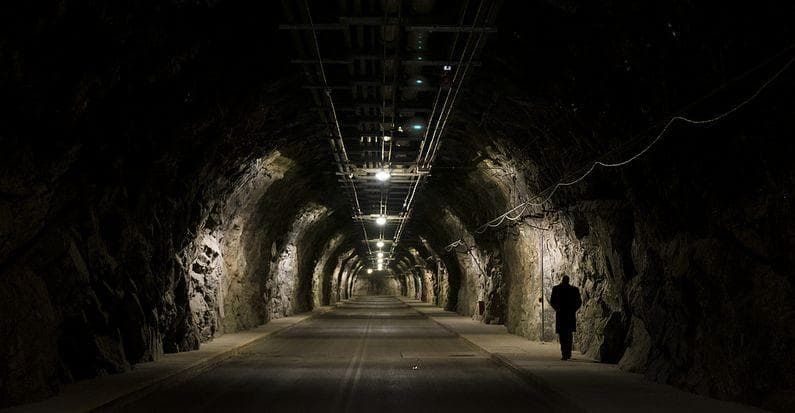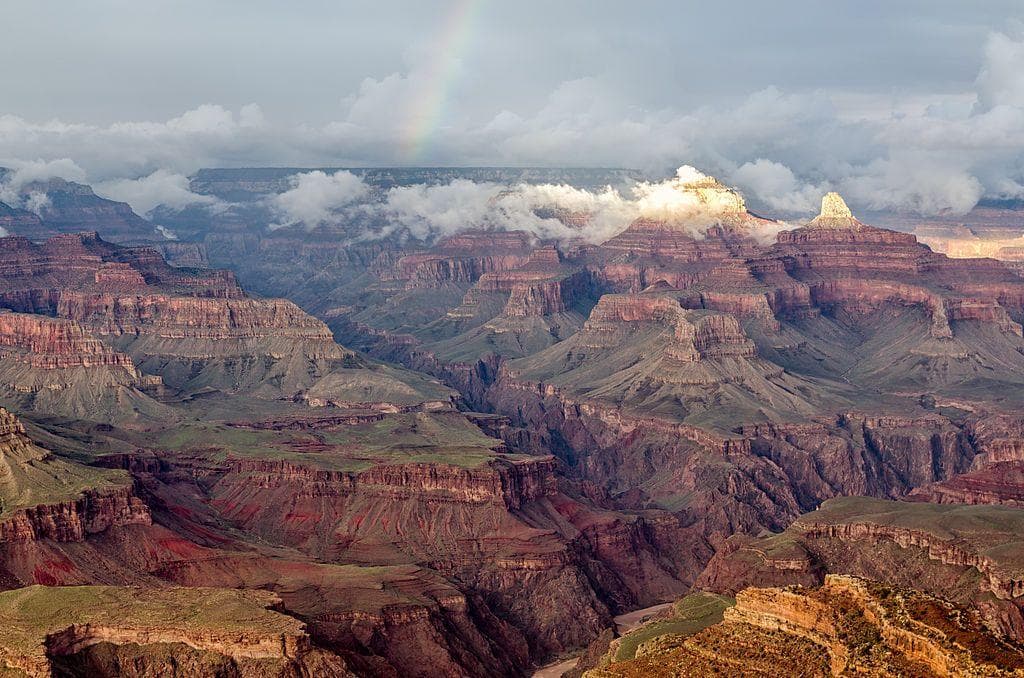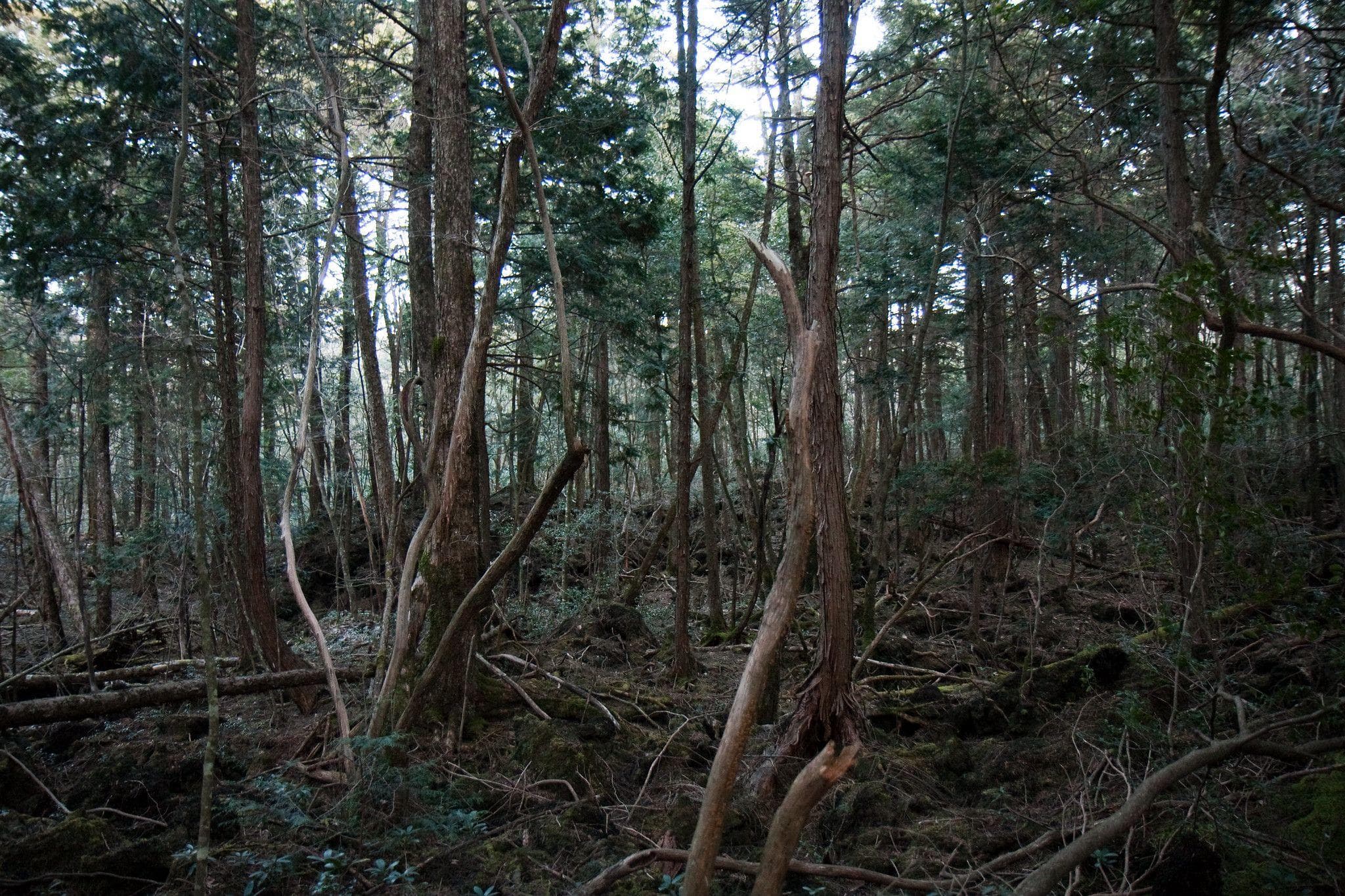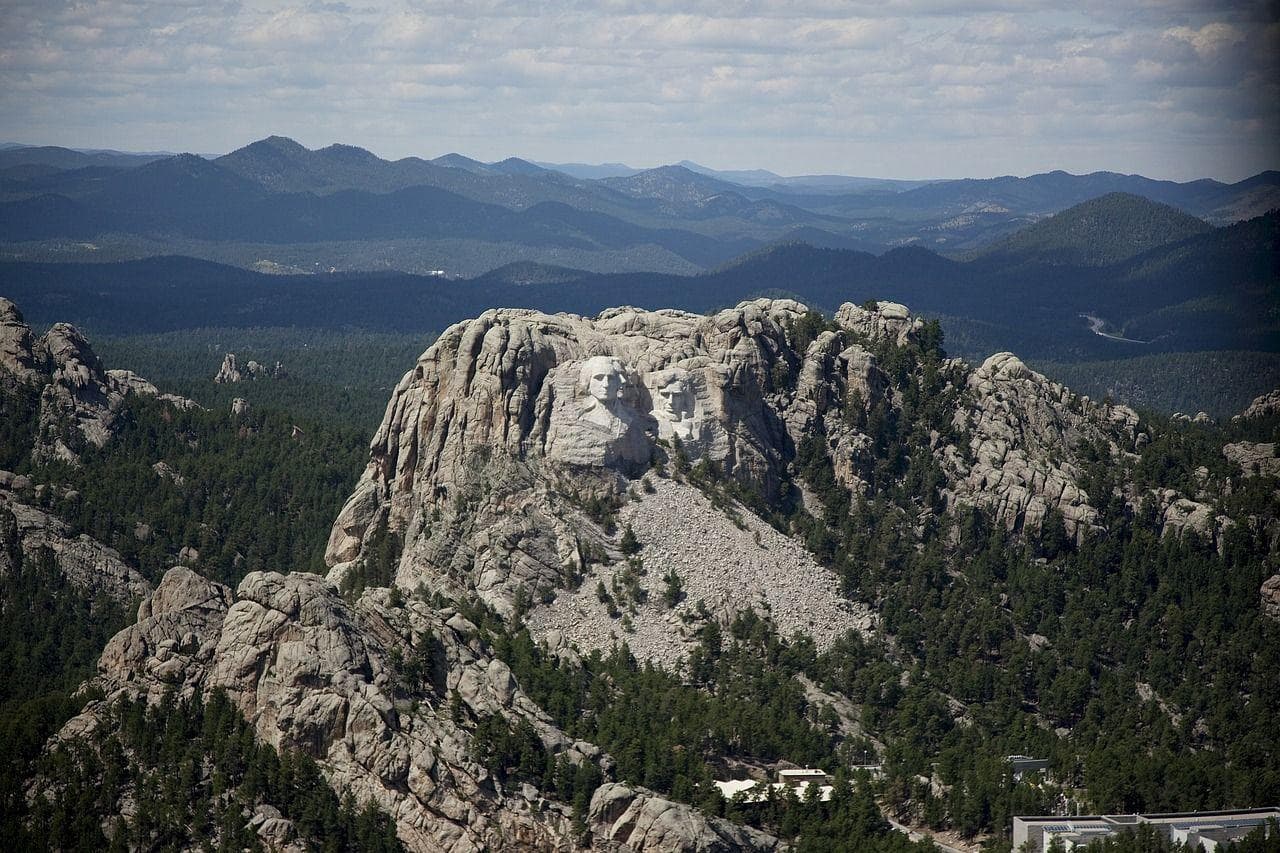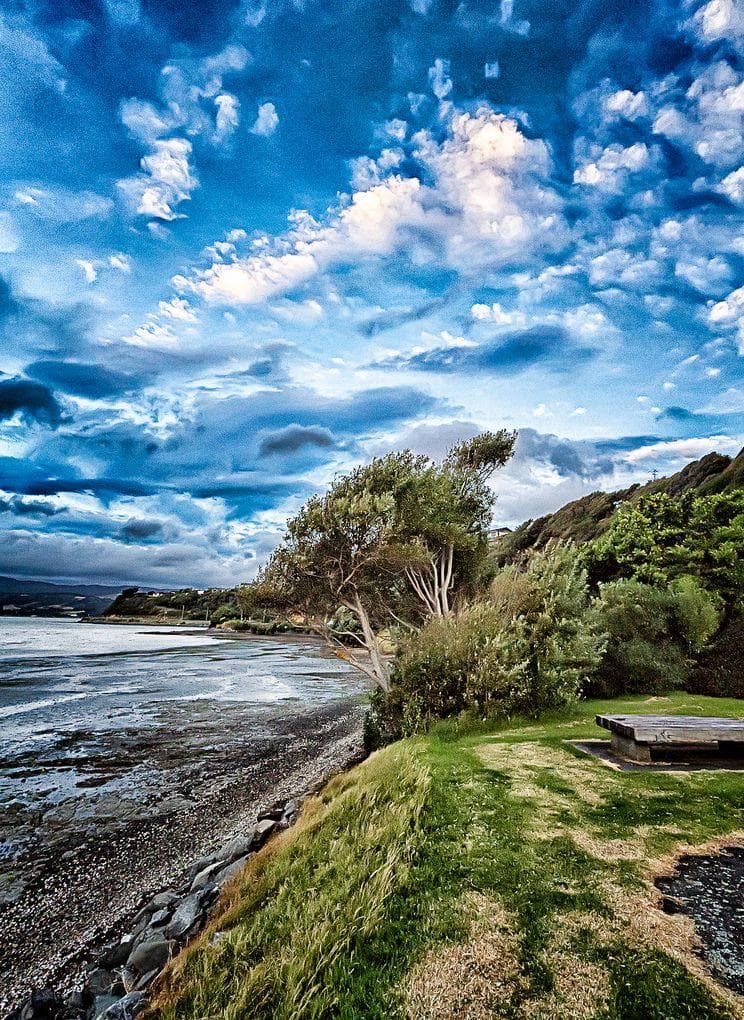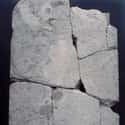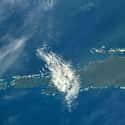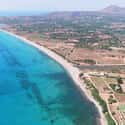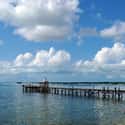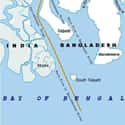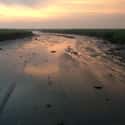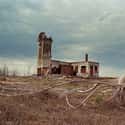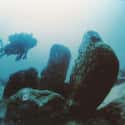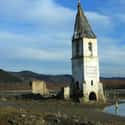-
(#1) Heracleion
One of the most impressive port cities in the world 2,300 years ago, Thonis-Heracleion, Egypt (known as Thonis to the Egyptians and Heracleion to the Greeks) is now entirely underwater - and no one knows why! A French archaeologist discovered the sunken city in 2000, which included more than 60 ships, 16-foot statues, a temple, and plenty of gold coins. -
(#2) Solomon Islands
- Oceania
Entire islands are disappearing in the Pacific Ocean in the Solomon Islands archipelago. Five, in fact, have sank into the ocean in the past seven decades thanks to rising sea levels. And that's not all: the remaining islands (900+) are being swallowed, slowly, by the sea, with six of them losing more than 20% of their surface area in the same time span, forcing generations of families from their homes and damaging local economies.
-
(#3) Port Royal
- Jamaica
Now largely under 40 feet of water, Port Royal, Jamaica, used to be known as "“the most wicked and sinful city in the world," complete with pirates (including the real Captain Morgan), prostitutes, and an extraordinarily potent spirit known as "Kill Devil Rum." That all changed when an earthquake in 1692 sucked most of the city into the ocean, killing around 2000 people and prompting wide-scale looting and violence among the survivors. The lost city is now considered to be a rich archaeological marvel, drawing comparisons to Pompeii.
-
(#4) Helike
- Greece
-
(#5) Pavlopetri
Pavlopetri in southern Greece is the oldest submerged city in the world, with ruins dating from 2800 to 1200 BC (archaeologists think the sea slurped it up in 1000 BC). It's considered to be the closest thing to Plato's allegorical Atlantis ever discovered (and it predates the Atlantis tale!).
-
(#6) Baia, Italy
A Vegas-like resort town for the Roman elite, Baia was lost to the sea around 1500 after being sacked in the 8th century. The volcanic vents that provided the hot springs so attractive to the likes of Caesar and Cicero eventually rose the water levels and drowned the ancient ruins, which have been amazingly well-preserved (including fully-intact ancient statues). Today, curious divers can explore Baia, which is now one of the world's few underwater archaeological parks. -
(#7) Sarah Ann Island
A small guano-covered island south of Hawaii, Sarah Ann Island "vanished beneath the waves" sometime between 1858 and 1937, when German astronomers tried and failed to find it and establish an observatory in which to better view that year's solar eclipse. Sarah Ann was discovered and claimed by an American "guano firm" that hoped to mine the island's resources (read: bird poop) for saltpeter and fertilizer. -
(#8) Poomarichan and Villanguchalli, Sri Lanka
The combination of global warming and illegal coral reef mining spelled doom for two tiny, uninhabited islets in the Gulf of Mannar near Sri Lanka. Poomarichan and Villanguchalli, formerly just 10-15 feet above sea level, were part of a biosphere reserve intended to protect the extraordinary biodiversity in the area. The islets sank into the sea in 2011, lowering the number of islands or islets in the Gulf of Mannar Marine National Park from 21 to 19.
-
(#9) New Moore / South Talpatti
An island that India and Bangladesh fought over for decades resolved the dispute by sinking into the the Bay of Bengal in 2010. India called the island "New Moore Island," Bangladesh called it "South Talpatti," and the bay called it "lunch" after spending decades slowly devouring it. To blame? Global warming, according to scientists at Jadavpur University's School of Oceanic Studies.
-
(#10) Saeftinghe
- Netherlands
-
(#11) Villa Epecuén
Established as a resort town in the 1920s, Villa Epecuen, Argentina, is a perpetually flooded ghost town (population: 1 as of 2011) after an earthen dam burst in 1985. The saltwater has slowly been eating the the abandoned town ever since, with left-behind vehicles, beds, toilets, and other domestic props left to slowly rot. The water began to recede in 2009, exposing the decayed settlement that used to be home for more than 5,000 Argentinians.
-
(#12) Atlit Yam
Discovered in 1984, the Neolithic site of Atlit-Yam (off the coast of Atlit, Israel) dates from between 6900 and 6300 BC but is now completely underwater (experts think a tsunami may have been to blame). Excavations have uncovered wells, graves, houses, and a Stonehenge-like semicircle of large stones that archaeologists think may have been used for rituals. The most bizarre discovery? Two skeletons, one woman and one child, showing signs of tuberculosis (among the earliest cases discovered).
-
(#13) Curon Venosta, Italy
Curon Venosta, Italy is another city destroyed in the name of progress: like Bezidu Nou, Romania, and Shi Cheng, China,, Curon Venosta was also doomed by the building of a dam and submerged in an artificial lake (just after World War II, in this case). The big difference? This Italian village was filled with sand first, meaning it was buried and flooded, with only a church's bell tower left as an historic memorial.
-
(#14) Bezidu Nou, Romania
The Romanian village of Bezidu Nou was flooded in 1988 to make a dam, destroying the town and partially submerging it under the artificial Lake Bezid. Today, only parts of the village's two churches are visible. -
(#15) Shi Cheng, China
Formerly a political and economic hub of eastern China, the ancient city of Shi Cheng (founded in AD 25–200) is now 130 feet underwater. In this case, neither Mother Nature nor global warming is to blame: the Chinese government allowed the city to be submerged in 1959 to facilitate the building of a hydroelectric power station. Divers now freely explore the "Lion City" at the bottom of the man-made Qiandao Lake.
New Random Displays Display All By Ranking
About This Tool
Researchers of the Earth's environment have repeatedly warned that global warming will lead to the melting of polar glaciers and the rise of global sea levels. Eventually, some lands, islands, and reefs currently exposed above sea level will be covered by sea, and some coastal cities will sink into the ocean. In fact, there are many human civilizations that have disappeared in history have sunk into the sea for various reasons.
Now humans have the ability to dive into the sea and explore the remains of ancient civilizations buried under the sea. Most people also hope to have the opportunity to witness these reproduced relics, some of which are still in the excavation stage. The random tool could help to know 15 places that sank into the sea.
Our data comes from Ranker, If you want to participate in the ranking of items displayed on this page, please click here.



